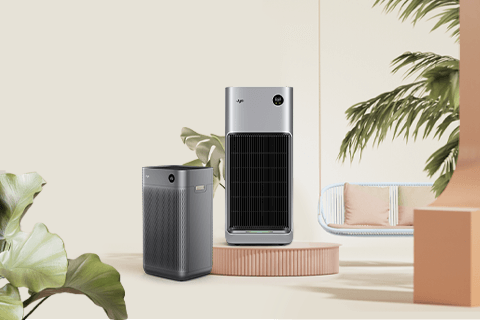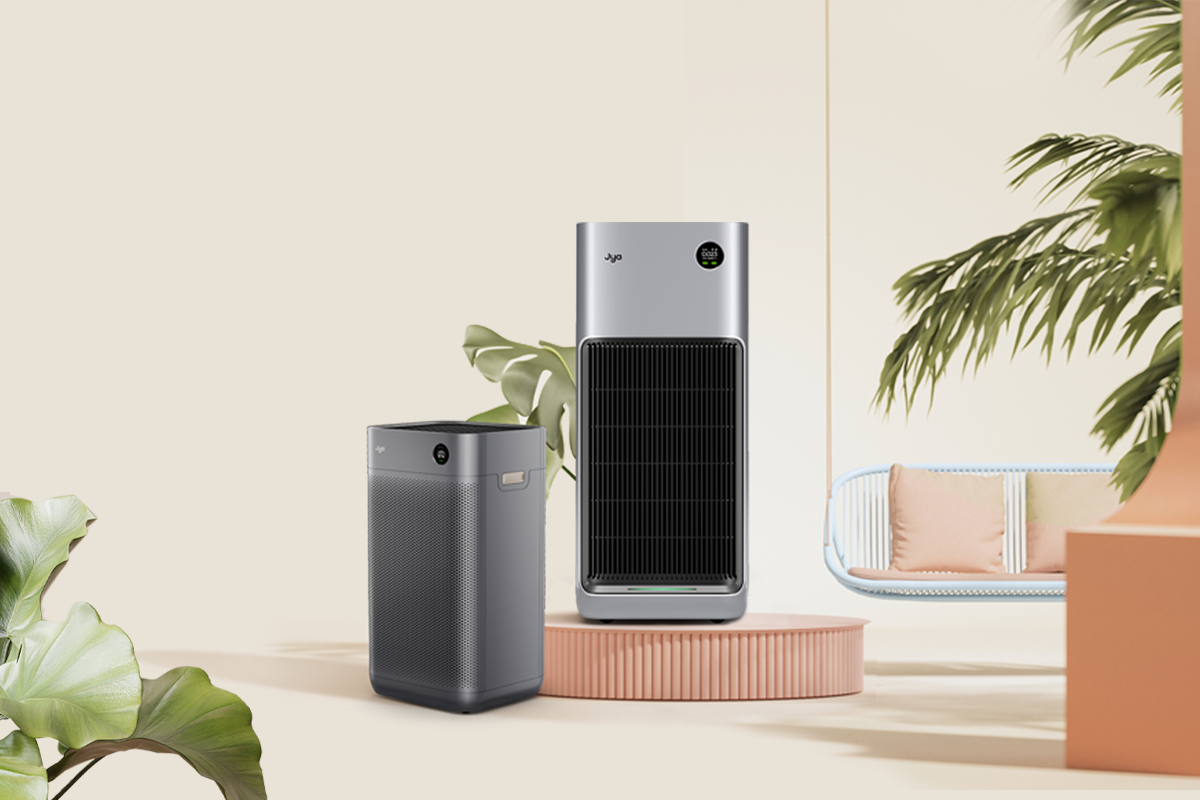Indoor air pollution: what causes it (and how to deal with it)
With the continuing COVID-19 pandemic and seasonal allergies on the rise, more and more people are becoming aware of airborne pollutants and the need for fresh, clean air at home. But what contaminates the air in our homes, and how much do we really need to worry about it?
What is indoor air pollution, exactly?
Most people know that their household air gets contaminated with dust, dirt, pet dander, and other common pollutants that you can see with your eyes. But indoor air pollutants are complex and include many things that are invisible, like:
Indoor air quality can be negatively affected by air pollutants entering from the outdoors, but our indoor activities produce air pollution as well. For example, household cleaning chemicals can produce chemical fumes and VOCs, while household flooring and carpeting can off-gas VOCs like formaldehyde.
Why does it matter?
For the 20-30% of the world’s population that suffers from seasonal allergies or allergic reactions to dust, pollen, or pet dander, this question answers itself. For everyone else, the short answer is that poor indoor air quality has been linked to respiratory diseases like COPD, asthma, and bronchiectasis.
Outside of the potential health risks of indoor pollution, most people report being happier at home when their indoor air is fresh, clean, and free of airborne contaminants and off-putting odors.
How do I deal with indoor air pollution?
Air pollution is complex and includes large particles, microscopic particles, gasses, and VOCs. For that reason, the best-all around solution is a multi-stage filtration system. For example, Jya’s Fjord Series includes multiple stages of filtration, specifically designed to tackle every category of airborne contamination.

Jya Fjord 4-stage purification
*only available on the Jya Fjord
In summary, all air purifiers are not created equal. When shopping for an in-home air purification solution, look for air purifiers that include multiple stages of filtration to address the many types of airborne pollutants commonly found in your home.

